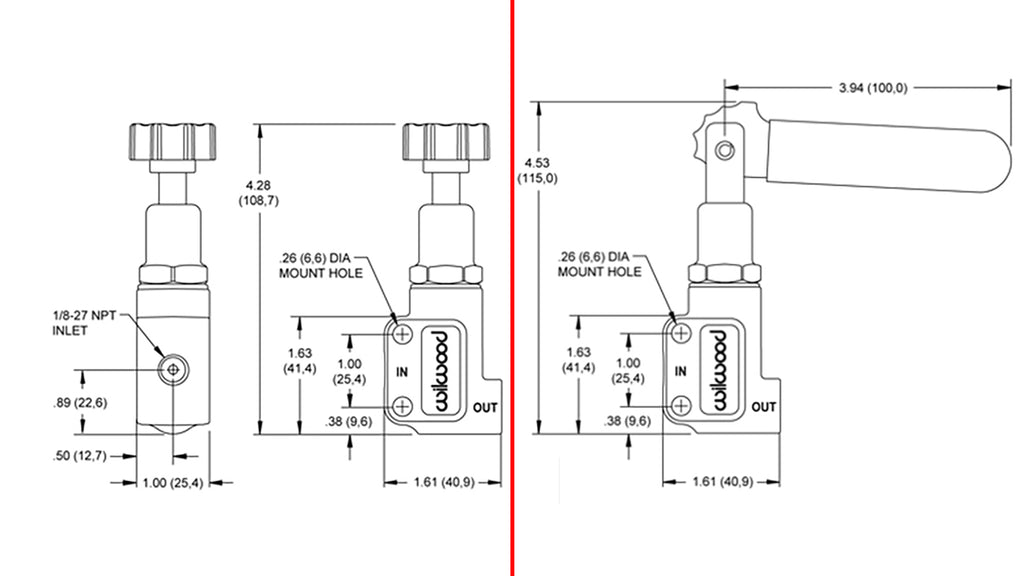- Joined
- Sep 6, 2003
- Messages
- 492
Well, I have ignored fashion & "group think" in my academic life to the point of being almost officially declared feral. But: unfashionableness does not entail truth & fact citation should be relevant to the task at hand. Nothing in Harrisonati's document contra-indicates front brake lock-up in extremis.
My appraisal of Renault's design of brake-pressure management is that it was dangerously incompetent.
My appraisal of Renault's design of brake-pressure management is that it was dangerously incompetent.

